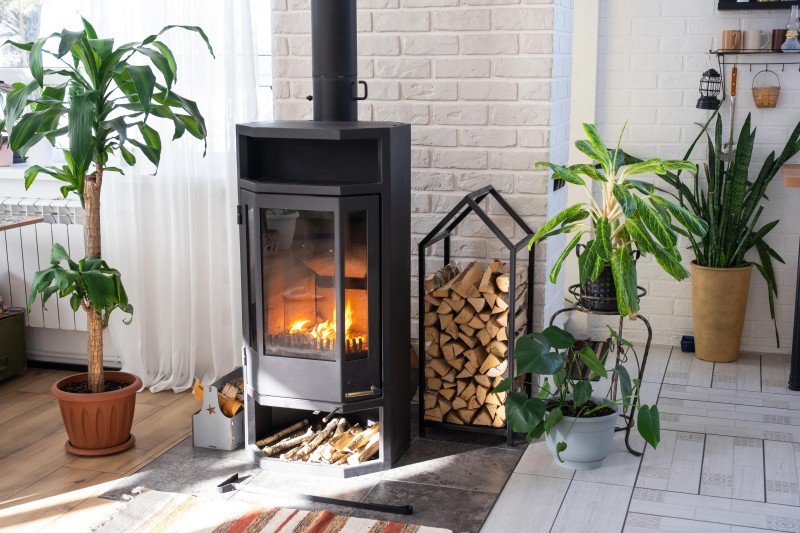The Rise of Contemporary Fireplaces in the UK: Trends, Benefits, and Designs
In the last few years, the landscape of heating services in the UK has actually undergone a substantial transformation, with contemporary fireplaces emerging as a preferred choice among house owners. These modern setups integrate performance with visual appeal, accommodating a desire for performance, design, and comfort. This post digs into the different elements of contemporary fireplaces, exploring their designs, advantages, and the most recent patterns in the UK market.
Understanding Contemporary Fireplaces
Contemporary fireplaces are identified by their sleek designs and innovative innovations. Unlike traditional fireplaces, which typically include large styles and need extensive ventilation systems, contemporary choices are more versatile and can incorporate flawlessly into a series of interior styles.
Key Features of Contemporary Fireplaces
- Minimalist Aesthetics: Clean lines and simple designs dominate the look of modern fireplaces.
- Variety of Fuels: Options include electric, gas, and bioethanol, each offering distinct advantages.
- Energy Efficiency: Many contemporary designs are developed to take full advantage of heating output while reducing energy usage.
- Versatility: Contemporary fireplaces can be set up in various settings, from urban homes to roomy nation homes.
| Function | Description |
|---|---|
| Aesthetic Appeal | Smooth, modern styles that enhance decoration |
| Fuel Options | Electric, gas, and bioethanol alternatives available |
| Eco-Friendly Designs | Many models are designed for minimal emissions |
| Installation Flexibility | Can be installed in numerous areas |
The Benefits of Contemporary Fireplaces
The growing popularity of contemporary fireplaces in the UK can be associated to their many advantages.
- Aesthetic Versatility: Contemporary fireplaces can match any interior decoration theme, from industrial to minimalist and whatever in between.
- Efficient Heating Solutions: Modern innovations enhance heat circulation and energy effectiveness. Many contemporary designs operate with high efficiency ratings, which equates to reduce energy costs.
- Improved Air Quality: Unlike traditional wood-burning models, numerous contemporary fireplaces produce less emissions, adding to much better indoor air quality.
- Alleviate of Use: Many contemporary fireplaces include user-friendly designs, such as push-button controls and mobile phone connection, enabling property owners to adjust their heating without hassle.
- Security Features: Modern innovations likewise focus on security, with features like automatic shut-off systems and cool-to-the-touch surfaces.
Patterns in Contemporary Fireplaces
The contemporary fireplace market in the UK constantly evolves, showing the changing preferences of homeowners. Some essential patterns consist of:
- Smart Technology Integration: The increase of smart home systems has caused an increase in fireplaces that can be managed via smartphone apps or incorporated into home automation systems.
- Sustainable Heating Solutions: With growing issues about environment change, there's a notable shift towards environmentally friendly fuel options, such as bioethanol and electric fireplaces.
- Elegant Surroundings: Homeowners are investing in luxurious surrounds, such as customized mantels made from materials like stone or reclaimed wood.
- Lighting Effects: Many contemporary designs now include LED backlighting, including a striking visual element to fireplace installations.
Installation Considerations
When considering the setup of a contemporary fireplace, several factors should be thought about:
- Space Availability: Assess the available space in your home. Even electric fireplaces can be constructed into kitchen cabinetry or wall-mounted, optimizing usage of small spaces.
- Fuel Type: Choose the type of fireplace based upon the schedule of fuel in your location and your environmental issues. Online Fireplaces UK provide the highest versatility, while gas designs offer a more traditional atmosphere.
- Ventilation Needs: Some fireplaces need particular ventilation systems. Consulting with an expert is necessary to ensure compliance with local structure policies.
- Expert Installation: Hiring a professional guarantees that the fireplace is safely and correctly set up, offering assurance for house owners.
Regularly Asked Questions (FAQs)
What is the best type of contemporary fireplace for small areas?
Electric fireplaces are particularly appropriate for small areas, as they can be wall-mounted or developed into existing cabinets, saving flooring space.
How much does it cost to install a contemporary fireplace?
The expense can differ extensively based on the type of fireplace, the complexity of the setup, and the particular requirements of the home. On average, property owners can anticipate to pay anywhere from ₤ 1,500 to ₤ 5,000.
Are contemporary fireplaces safe?
Yes, contemporary fireplaces are developed with modern safety features, consisting of automatic shut-off systems and cool surface areas, substantially decreasing the risk of accidents.
Can I install a contemporary fireplace myself?
While some electric designs might permit DIY setup, it is generally advised to work with an expert for gas or bioethanol models to adhere to safety standards and regional regulations.
How do I keep a contemporary fireplace?
Upkeep varies by fuel type however usually consists of regular cleaning, inspecting for any signs of wear, and making sure that ventilation systems (if appropriate) are clear and operating.
The allure of contemporary fireplaces in the UK is indisputable. As they continue to gain popularity, property owners concentrate on producing trendy, energy-efficient home that provide both warmth and visual appeal. Whether through striking styles, advanced innovation, or environmentally friendly options, contemporary fireplaces are set to dominate the market for several years to come. With careful factor to consider and professional guidance, anyone can discover the perfect fireplace to transform their home into a cozy retreat.

